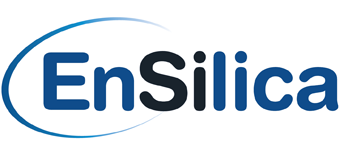How to write an ASIC design specification well – Part 2
This is a 3 part blog. If you missed it, click here to read part 1.
Who Is The Specification For
The first step in developing a new ASIC for any function – be it a wireless chip for a wearable healthcare sensor device, an autonomous vehicle ASIC, or a communications system for a satellite – is the specification.
To ensure the product you need is produced, is done so on time and on budget, and that errors aren’t introduced that could require a recall, the specification has to be written clearly and concisely.
In this, the second of three blogs on the topic, we look at the audiences for needs the specification and the information they need.
“The specification can (and does) act as the communication channel, helping information to flow.”
Who reads it?
There are two audiences.
1) Your internal system development team. If they lack understanding or agreement of the product’s definition, there’s little chance that the development team can successfully deliver what is required.
2) Our development team. Because it’s natural and common for individual members in a development team to read the sections of the specification focused on their tasks… and only these sections, the specification document allows a development team to be structured correctly and the right skill sets brought together to get it right first time.
Potential pitfalls
However, the specification document does not act as a panacea to magically resolve poor communication between customer and supplier. Nor will it fix potential communication problems between people within a development team, however it can (and does) act as the communication channel, helping information to flow.
If you want to find out more about how EnSilica can help, click here.




